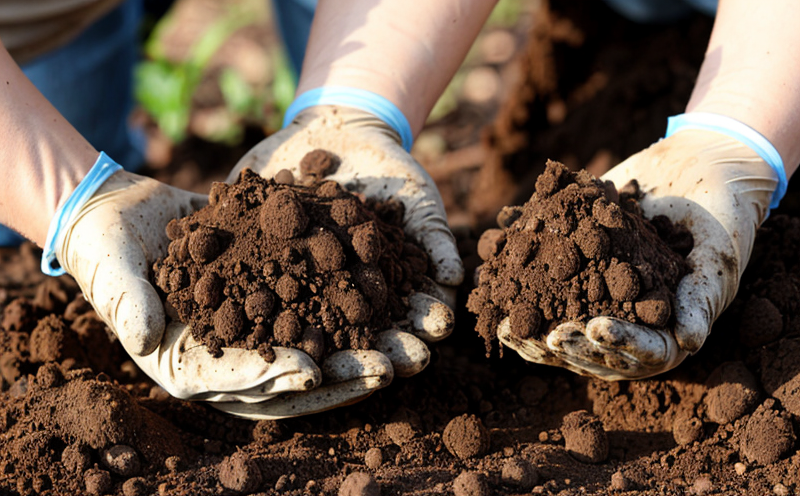OECD 217 Soil Carbon Transformation Testing
The OECD (Organisation for Economic Co-operation and Development) Test Guideline 217, also known as the OECD 217 Soil Carbon Transformation Test, is a critical tool used in environmental science to assess the transformation of applied carbon sources into microbial biomass or other biologically active forms within soil. This test provides insight into how effectively carbon inputs can enhance soil health and support biodiversity.
The OECD 217 guideline is widely recognized for its stringent protocols which ensure accurate measurement of changes in soil organic matter over time. This makes it an essential method for assessing the environmental impact of various agricultural practices, waste management strategies, and land use changes. It plays a pivotal role in understanding how different amendments affect carbon sequestration rates and overall soil health.
The test involves applying a defined amount of a carbon source to a portion of soil, followed by incubation under controlled conditions that mimic natural field environments as closely as possible. After an appropriate period, the treated soil is analyzed for changes in its microbial activity levels, which are indicators of soil health and biological activity.
This process is not only useful for regulatory compliance but also supports research aimed at developing sustainable agricultural practices by providing data on how different amendments influence long-term soil quality. By quantifying these effects, researchers can better understand the potential benefits or risks associated with particular strategies.
Applied Standards
The OECD 217 Soil Carbon Transformation Test strictly adheres to OECD Test Guideline No. 217, which provides detailed instructions on how to conduct the test accurately and consistently across different laboratories. Compliance with this standard ensures that results are comparable and valid for scientific research and regulatory purposes alike.The guideline specifies key parameters such as the type of soil to be used (preferably a sandy loam), the amount and form of carbon source, incubation periods, sample preparation methods, and analytical techniques. It also outlines acceptance criteria that determine whether test results are considered reliable enough for further evaluation.
| Parameter | Description |
|---|---|
| Soil Type | Sandy loam soil with a pH between 6.0 and 7.5. |
| Carbon Source | Organic matter such as plant residue, manure, or synthetic polymers. |
| Incubation Period | 30 days at 25°C ± 1°C. |
| Sample Preparation | Homogenization and sieving to pass through a 2 mm mesh. |
Eurolab Advantages
Eurolab offers unparalleled expertise in executing the OECD 217 Soil Carbon Transformation Test, ensuring accurate and reliable results. Our team of highly qualified professionals uses state-of-the-art equipment to ensure precise measurement of soil carbon transformation processes.We provide detailed reports that include all relevant data points from our tests along with comprehensive interpretations tailored specifically for your needs. This ensures you have a clear understanding of the implications of your test outcomes and can make informed decisions regarding potential improvements or adjustments in your practices.
- Expertise in handling diverse soil types
- Use of advanced analytical instruments
- Compliance with international standards including OECD 217
- Detailed and actionable reporting
- Flexible turnaround times to meet project deadlines
Use Cases and Application Examples
The OECD 217 Soil Carbon Transformation Test finds applications in several sectors, including agriculture, environmental management, and waste treatment.
- Agriculture: To evaluate the impact of different fertilizers or soil amendments on long-term soil health.
- Environmental Management: Assessing the effectiveness of reclamation efforts after disturbances like construction projects.
- Waste Treatment: Evaluating methods for converting waste materials into beneficial products through composting processes.
Here are some specific examples where this test is particularly useful:
- Evaluating the effectiveness of biochar addition to soils in promoting carbon sequestration.
- Assessing the role of different plant residues as organic amendments on soil health improvement.
- Determining the optimal conditions for composting municipal solid waste under controlled environments.
| Sector | Application |
|---|---|
| Agriculture | Evaluating the impact of different fertilizers on carbon sequestration. |
| Environmental Management | Evaluating reclamation efforts after construction disturbances. |
| Waste Treatment | Evaluating composting methods for municipal solid waste. |





